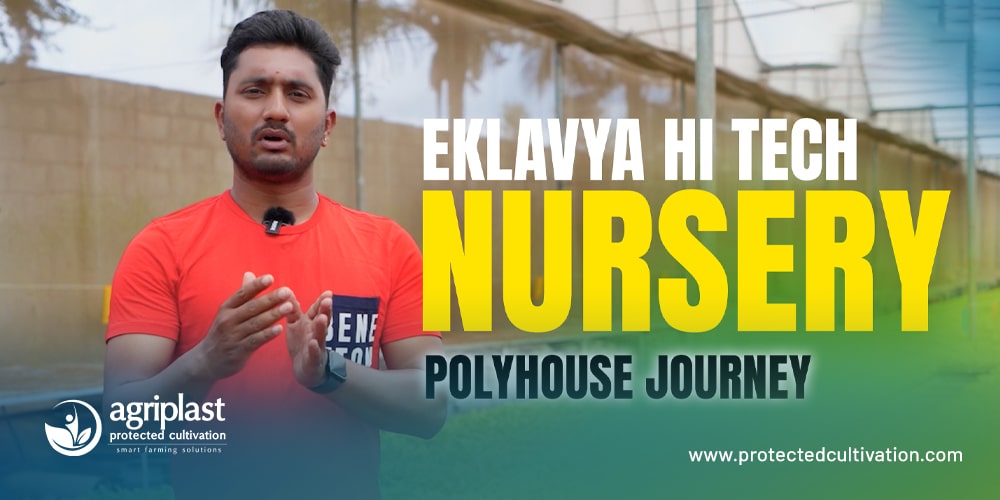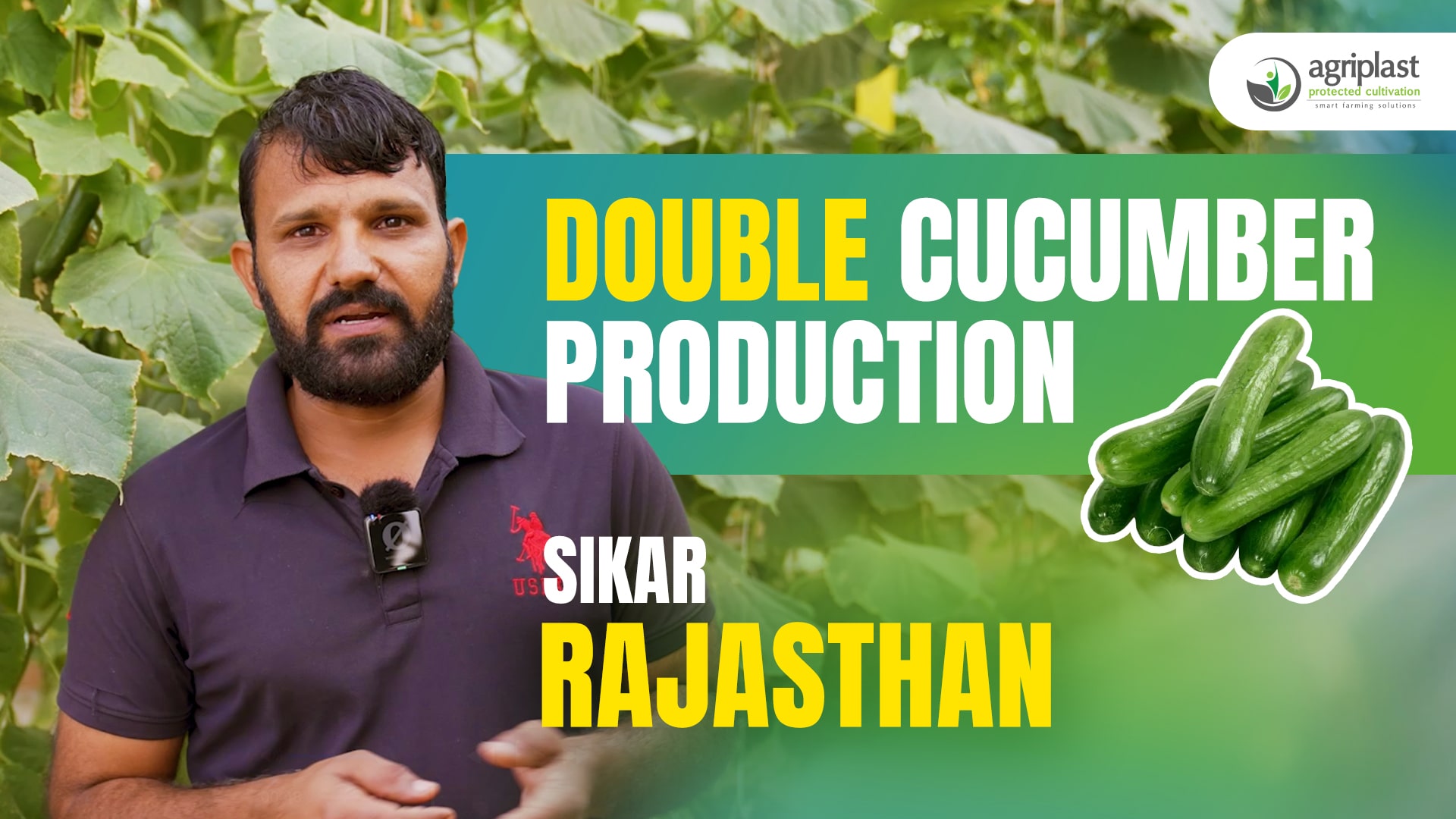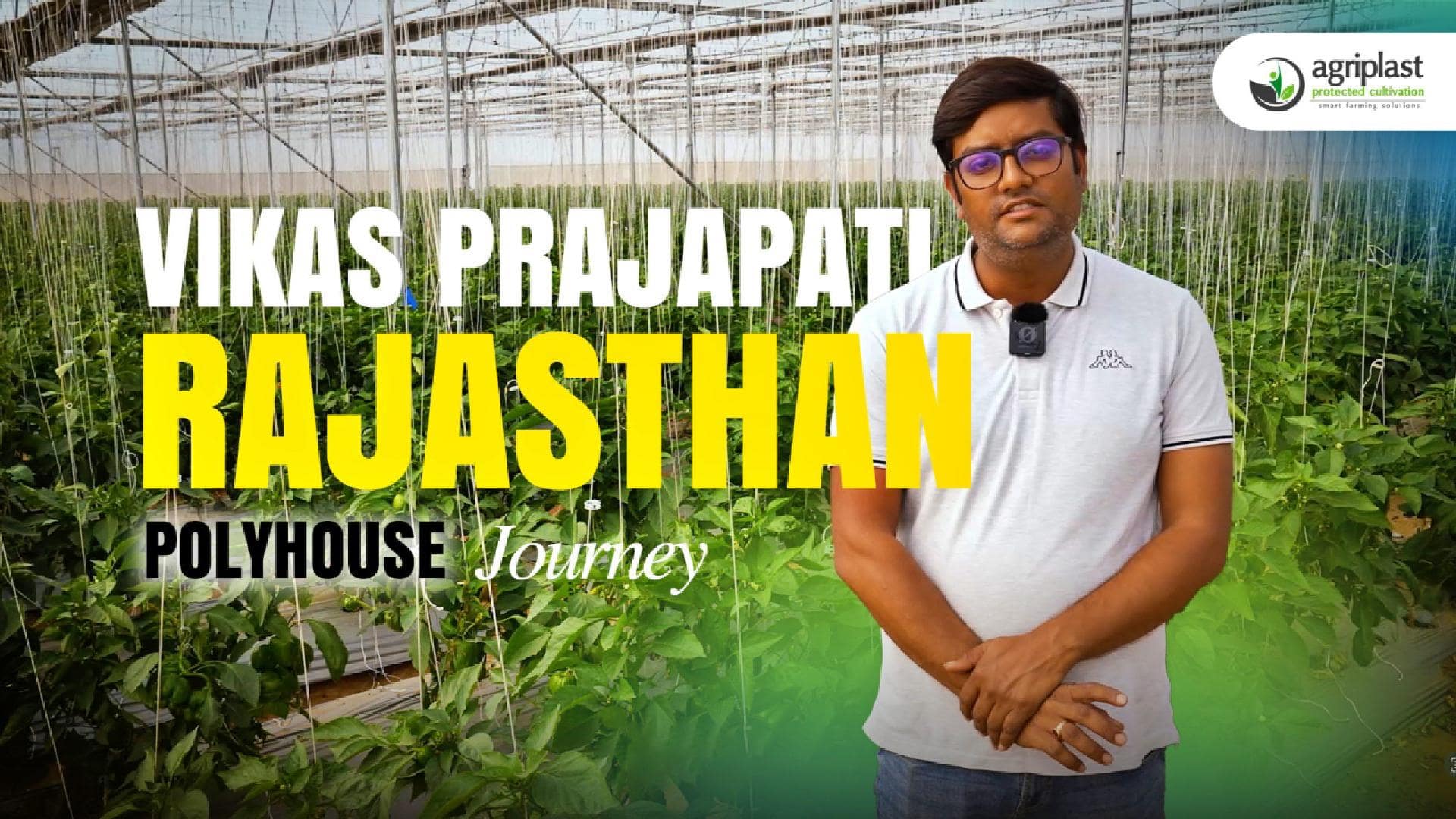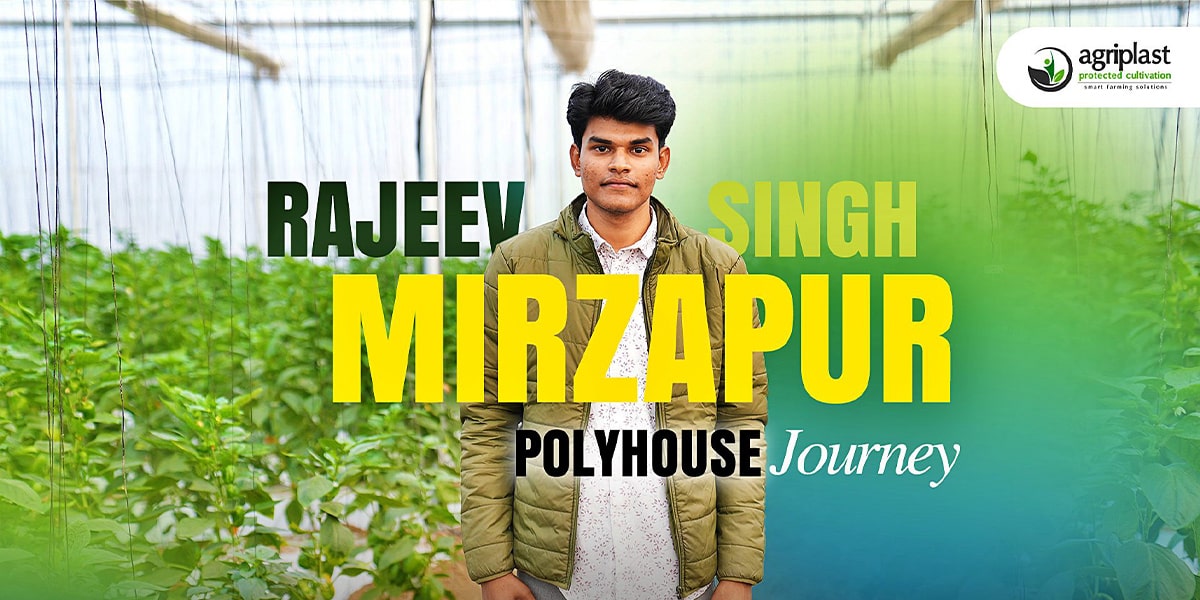Know About Hydroponics Farming System, Benefits, Types, Setup Cost & More
There is a rise in the new technologies every day in the world. The world's population is increasing, and there is a rise in the demand for customers. The crop production with traditional methods is limited by environmental factors, where the interest in alternate farming practices is increasing among farmers. New technologies have started taking place in the agriculture industry to grow good quality food in lesser space by saving water.
Hydroponics farming is a practice that is slowly gaining popularity in India and attracting many farmers. Hydro agriculture serves people with the best solutions to some of the severe crop production challenges like climate change, deforestation, ecosystem degradation, water and food scarcity, lack of arable land, and much more.
Here, hydroponics farming is a soilless farm practice that helps in eliminating the crop production dependency on the soil. Hydroponics is a type of horticulture and a subset of hydroculture, a method to grow plants without soil by using mineral nutrient solutions in an aqueous solvent. Such hydroponics farming can also be performed in tiny spaces like balconies. In hydroponic cultivation, the crops receive nutrient-rich water instead of soil for plant nourishment. In addition, the no use of soil eliminates baggage associated with soil-based problems.
Read on to learn more about what is hydroponic farming, what is a hydroponic system, the benefits of hydroponics, and how does hydroponics work. After all, new technologies have started replacing the traditional methods, and it is wise to understand and know about new farming techniques for better growth.

What is hydroponics farming, and what is a hydroponics system?
Hydroponics farming is a modern technology farming in which the growth of the plants is controlled by the nutrient-rich solution skipping the soil. In traditional farming, the soil was essential as it helped the plants remain upright to ensure suitable water and necessary nutrient delivery. On the other hand, hydroponics farming supports the crop artificially, and the nutrient supply is done using nutrient-rich solutions for the crops. This practice is famously known as a hydroponics system, often called soilless farming.
Why Hydroponics Farming?
By 2050, the world population is expected to reach 9.8 billion people, where 70% are expected to reside in the cities. The agriculture industry needs to increase food production by about 70% to meet the caloric requirements of the enormous population. The amount of resources traditional farming uses is astronomical. Around 80% of the cultivated land is already in use. Everybody can see the rapid urbanisation of the countries, and the challenge of producing the food sustainably is getting tough. This is where hydroponics comes into the picture.
Explore The Benefits of Hydroponics Farming For Better Crop Production
Using hydroponics farming for plant production provides you with many benefits compared to the traditional methods of crop cultivation. The plant roots receive constant access to an unlimited oxygen supply and water in hydroponics. Hydroponics farming eliminates the errors as the oxygen, water and nutrient supply can be controlled to get the best results. Old traditional methods have seen many negative perspectives, from soil erosion to too much water consumption. Hydroponics agriculture is believed to solve many concerns. Let's read about the benefits of hydroponics farming to know how this kind of farming is better than any other kind of farming.
Space-Saving Hydro Plantation
When the plants are grown in soil, they need more space to spread their roots as they need to find water and nutrients to survive. The plants were then set some distance apart from each other. In hydroponics cultivation, the plant roots do not need space to spread because the nutrients and water are delivered the right way. Thus, hydroponics agriculture helps grow more plants in the same amount of space as the soil-based system.
Water conservation with Hydro Plantation
Field farming uses water because much of the water is lost. The water in the field evaporates, rolls away, and puddles, making much of the water unusable.
Few Chemical Usage
Hydroponics farming does not eradicate the pest issues, but it does lower the potential of such developments. Hydroponics cultivation requires fewer pesticides and herbicides as the hydroponics system is highly controlled. Also, such methods are set up indoors where the pests cannot infiltrate them quickly, thus reducing the need for pesticides.
Nutrient Control Hydroponics
Hydroponics technology is designed to meet the population's food demands without the use of soil and a large open field to perform agriculture. Hydroponics farming helps feed the plants with a nutrient-rich liquid solution to give the farmer better control over what nutrients the crop should soak up.
Higher Yield
With hydroponic farming, it is believed that you can grow more plants than the plants grown in soils. It is because you have the freedom to control certain environmental factors that helps in promoting plant growth like lighting, moisture, temperature, and even nutrition. The plants are positioned in suitable settings, and the right nutrient supply is maintained to make direct touch with the plant's root systems. The plants are grown using the hydro agriculture method help in increasing the plants by almost 30% to 50?ster than in soil. The ideal amount of nutrients helps in better and faster plant growth.
Different Types of Hydroponics Farming
Hydroponics farming is of different types as it can be set both outdoors and indoors within a greenhouse or in a controlled environment using an artificial lighting setup. The two kinds of hydroponics cultivation are:
Deep Water Culture
Also known as DWC (Deepwater culture system), this hydroponics system possesses a static nutrient solution. The plant's roots are suspended in the nutrient solution. The farmers need to replace the nutrient solution every 5 to 10 days based on the number of systems and plant volume.
Nutrient Film Technique (NFT)
In the nutrient film technique, the gully channels or growing trays are used to grow plants. First, the nutrient solution and oxygen are pumped from a reservoir to the gully channels. This allows the plants to absorb the oxygen and nutrients from the flowing solution, and they then drain the unused nutrients back to the reservoir. This maintains the continuous flow of nutrients.
Aeroponic Hydroponic System
The aeroponic system is designed to reduce the amount of water the crops use to grow efficiently. In such a system, the plant roots receive nutrients and water through the aerosol mist that is sprayed on them. In addition, the plant roots receive oxygen from the air when they are suspended.
This is comparatively a challenging system to manage but is quite economical in water and nutrient use.
Dutch Bucket Grow System
As the name suggests, it is a bucket system to grow plants. Such buckets easily vary in size based on the grower's requirements. The bucket possesses a growing media like vermiculite to support the growing plant properly. The plants like tomatoes and cucumbers that are believed to have larger and longer roots use the dutch bucket grow system in hydroponics farming.
What does the hydroponic farming setup cost?
The new technologies are making the world more confident. However, when it comes to adapting the latest technologies in agriculture, it became difficult for people to adapt and decided to step back. The reason behind the same is not having the appropriate information. If you have been thinking of setting up a hydro plantation for you, then Agriplast Protected Cultivation Private Limited will assist you throughout the process. You need to consider several factors before you set up the hydroponic farm.
-
It is essential to find suitable land with the proper access to electricity, water and the nearby markets.
-
You need to select the right kind of outer structure as it aids in protecting the crops appropriately. One external structure type is polyhouse, and the other one is a greenhouse. Both such structures serve your hydro agriculture in different ways.
-
You need to also look after the growing system as the ever-increasing system will only depend on the kind of plants you grow in your hydro agriculture. NFT system is best if you plan to grow crops like kale, lettuce, etc. on the other hand, if you think of growing vegetable crops like cucumber and tomato, the Dutch Bucket grow system will be the best.
You need to consider many other factors before you set up your hydroponics agriculture. At Protected Cultivation Private Limited, we have the right set of skills, experience, and knowledge to serve you with the best farming services. The team aids you in finding the right farm kind to perform hydro agriculture and helps you in setting up the farm. You can get in touch with the team to know about the hydroponics setup cost and how to easily get the hydroponics farming initiated.





















